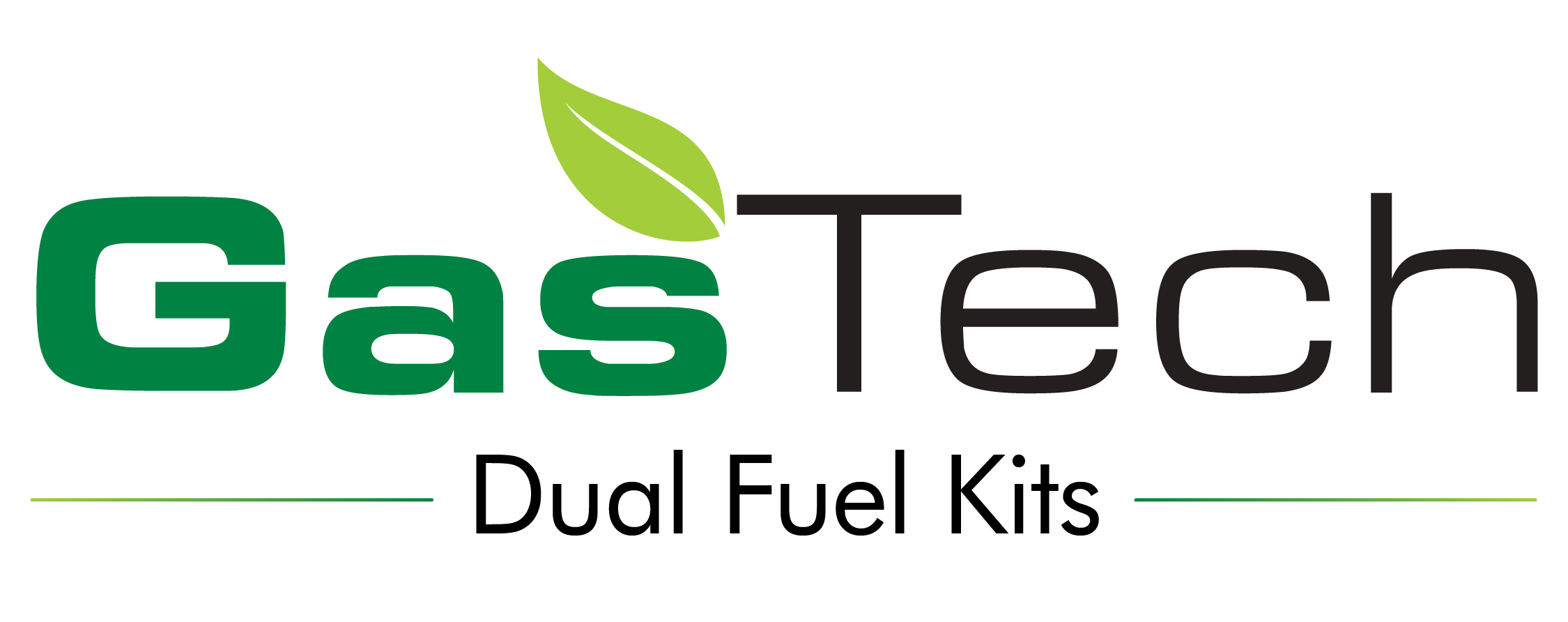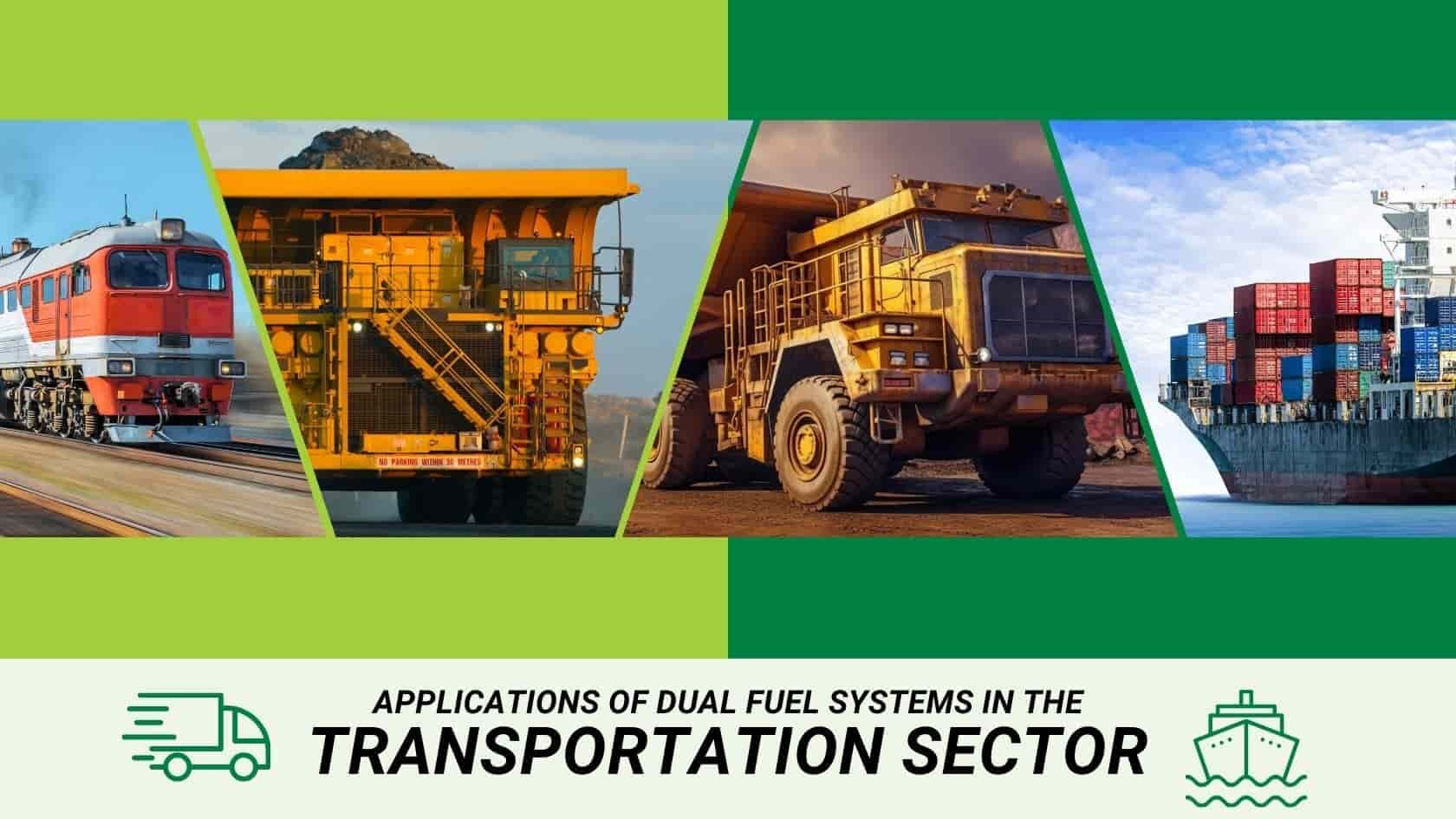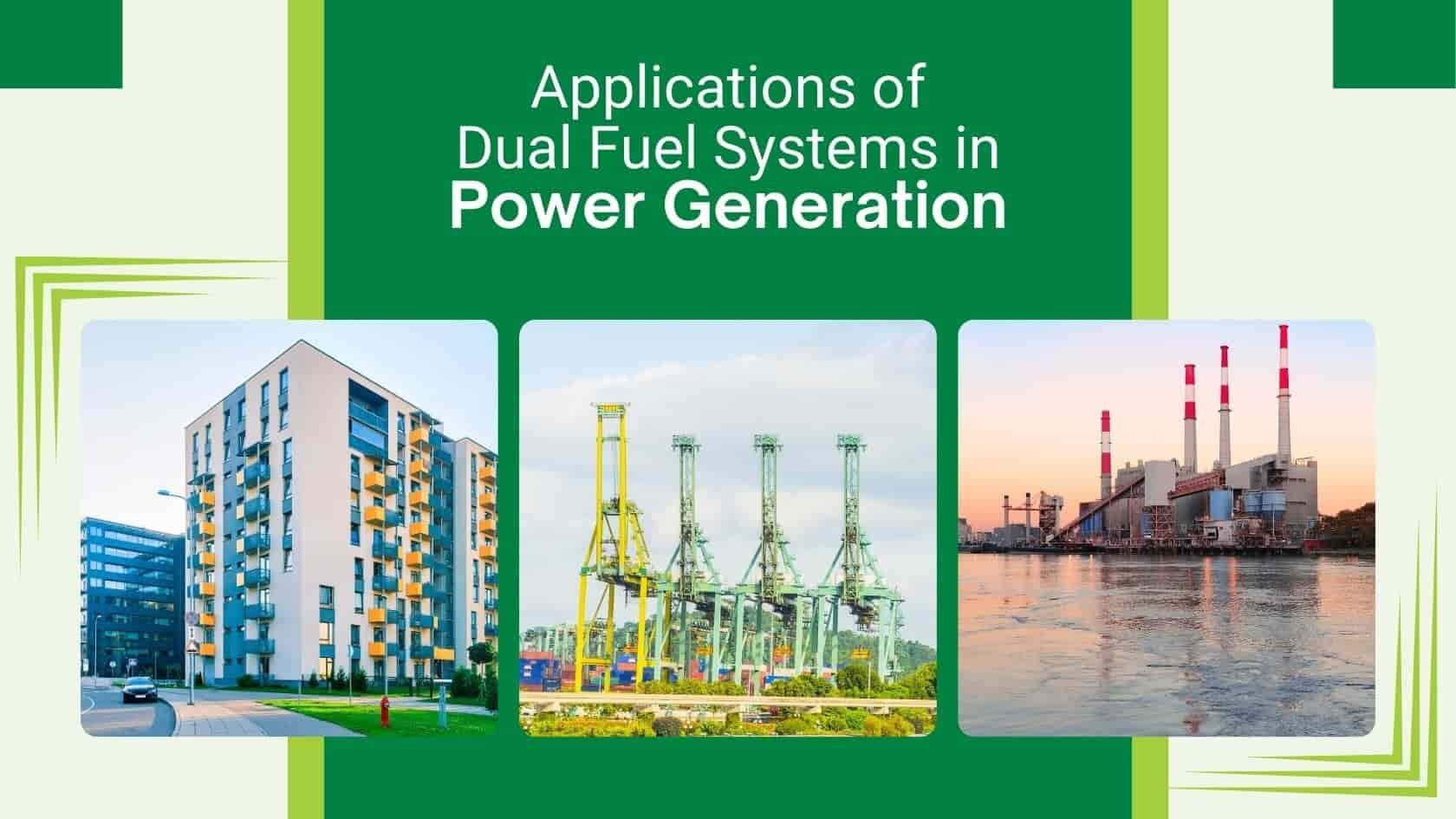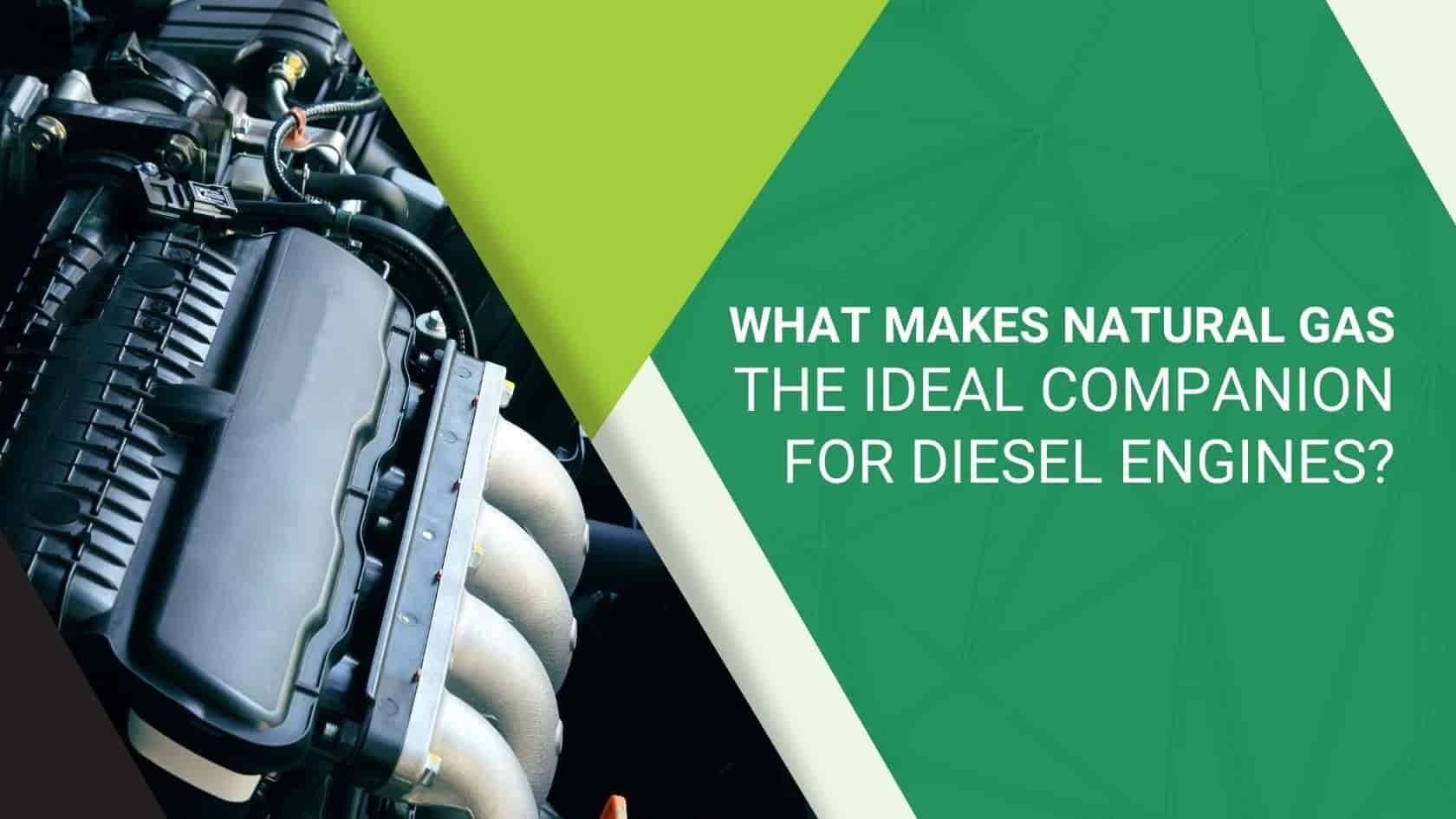In an era of sustainable development, the transportation sector today stands at the forefront of innovation, seeking eco-friendly alternatives to traditional fuel sources. What’s more, as India continues to invest in natural gas infrastructure, the integration of alternative fuels and dual fuel technologies holds immense potential for driving the nation towards a cleaner and more sustainable future. By embracing innovative fuel blending technologies, the industry can pave the way towards a cleaner and more sustainable future for transportation.
GasTech’s dual fuel Kits offer a promising solution, with a blend of efficiency, cost-effectiveness, and environmental benefits across various modes of transportation.
Exploring Alternative and Sustainable Fuels
The pursuit of sustainable transport fuels has spurred the exploration of advanced blending methods to enhance the qualities of conventional fossil fuels without compromising their integrity. While renewable energy (RE) sources such as solar and wind power are integral to the energy transition, their intermittent nature poses challenges for grid stability. On the other hand, with an abundance of natural gas and biomass resources available for blending or improving the properties of diesel, the utilisation of alternative fuels has become paramount for ensuring sustainability.
Natural gas-fired generators are the ideal companions to RE sources, providing clean and reliable power with minimal start-up time. That’s because despite being a fossil fuel, natural gas significantly reduces emissions compared to coal, making it a sustainable choice for backup power generation.
Further, India’s commitment to expanding its natural gas infrastructure underscores its potential as a key player in the energy landscape. With 20,000 kilometres of pipelines operational, another 14,000 kilometres planned, as well as significant investments valued at INR 1,20,000 Cr planned for the future, natural gas is poised to become readily accessible across the country in the next decade.
The commissioning of LNG terminals, ongoing pipeline construction, and city gas distribution networks will further enhance the accessibility and viability of natural gas as a transportation fuel.
The Role of Dual Fuel Systems in Transportation
With the transportation sector being a significant contributor to emissions, the adoption of dual fuel systems presents a compelling solution to reduce environmental impact while enhancing operational efficiency and cost-effectiveness. In this context, dual fuel systems offer synergistic effects that go beyond the capabilities of individual components, resulting in improved fuel properties and enhanced engine performance.
Capable of combining traditional fossil fuels with alternative sources, dual fuel systems offer a versatile approach to enhancing both performance and environmental sustainability across various modes of transportation. Hybrid diesel-natural gas blends, for example, capitalise on the complementary effects of both components, leading to a boost in combustion potential and overall efficiency.
Here are four major applications of dual fuel systems in the transportation sector.

1. Mining Tipper Trucks
Giant mining tipper trucks, integral to the mining industry’s operations, present an ideal opportunity for mitigating harmful emissions and reducing costs through dual fuel systems. While the use of Compressed Natural Gas (CNG) is commonplace, advancements are now allowing for on-board Liquified Natural Gas (LNG) storage, further optimising fuel efficiency and environmental impact.
To reduce costs and emissions, Coal India Limited (CIL), a global leader in coal production, has been exploring the feasibility of adopting dual-fuel haulage trucks in its mines. Every year, over 4,00,000 kilolitres of diesel is consumed by CIL’s fleet of 2,500+ dumpers, 950+ dozers, 600+ shovels and drilling rigs, and 30+ draglines. With the transition towards LNG-powered, heavy earth-moving machinery, supported by dual fuel systems, promise a potential reduction of diesel usage by 30% to 40%, coupled with fuel cost savings of up to 15%

2. Railways
In the realm of railways, locomotives ranging from 1300-4400 HP for both passenger and freight transport can benefit from dual fuel systems. The conversion of diesel locomotives to utilise CNG enhances efficiency and reduces environmental impact. Fun fact, dual fuel trains in India were inaugurated in 2015. Initially powered by diesel, these trains were converted into dual fuel engines, contributing to cleaner and more cost-effective rail transport.

3. Road Transportation
Long-haul trucks, buses, and midsize ships currently reliant on diesel engines can leverage dual fuel systems to address urban vehicular pollution levels effectively. Recent regulations by the Ministry of Road Transport & Highways in India promote the usage of biofuels and CNG as secondary fuels, offering both economic and environmental benefits.
In 2018, the Ministry of Road Transport & Highways also introduced dual fuel usage regulations for agricultural and construction equipment vehicles. These include tractors, power tillers, construction equipment vehicles, and combine harvesters originally manufactured or converted to operate with diesel as the primary fuel and CNG or Bio-CNG as secondary fuels.
As per the notification, emission regulations for smoke and vapour in these dual fuel vehicles will adhere to current mass emission standards for diesel vehicles. The certification for CNG/Bio-CNG/LNG dual fuel systems will be valid for three years from issuance and renewable for consecutive three-year terms. Additionally, the original equipment manufacturer (OEM) or retrofitter will be accountable for meeting safety requirements and code of practice for the vehicle or engine and its kit components.

4. Water Transportation
Compared to road and rail transport, coastal shipping is considered the most cost-effective, energy-efficient, and environmentally friendly mode of transportation. Recognizing its potential, the government has implemented measures to promote coastal movement of goods, aiming to alleviate congestion on roads and rails while enhancing overall efficiency and reducing emissions, particularly by encouraging the adoption of LNG.
With global shippers increasingly prioritising environmentally friendly supply chains, the demand for LNG as a marine fuel is on the rise. Despite being a relatively new technology, LNG-fueled vessels and bunkering operations have demonstrated exemplary safety records since their introduction. LNG offers significant advantages, particularly in light of stringent emission regulations worldwide, compelling shipowners to transition to cleaner fuels or technologies.
LNG-fueled propulsion has already emerged as a cost-effective solution to meet emission limits in specific Emission Control Areas (ECAs) in the United States and Europe. However, its economic viability in deep-sea container and bulk commodity shipping remains a challenge. Notably, the successful deployment of the world’s first dual-fueled container vessels by TOTE Maritime in 2015 reinforces the safety and efficacy of this technology.
Midsize ships and barges, prevalent in water transportation, can adopt dual fuel systems for auxiliary power propulsion, ensuring significant fuel savings and emissions reductions. With engines operating round-the-clock, the transition to cleaner fuel sources like LNG represents a substantial step towards sustainable marine transportation.
Get a Quote for Dual Fuel Systems
In the transportation sector and on the lookout for greener fuel alternatives? Explore GasTech’s cutting-edge dual fuel kits for unparalleled efficiency, affordability, and eco-friendliness.
Table of Contents
- You May Also Like
The Various Applications of Dual Fuel Systems in Power Generation
In an age where sustainability is paramount, the power generation...
Read MoreWhat Makes Natural Gas The Ideal Companion For Diesel Engines?
According to the India Energy Outlook 2021 report by the...
Read More



